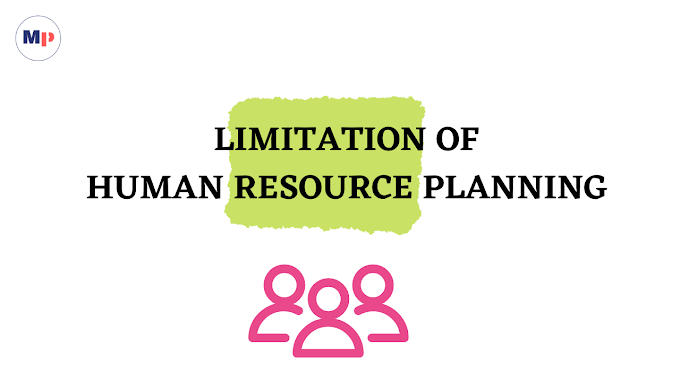MEANING AND DEFINITION OF LIVING WAGES
Living wages mean the wages that may be sufficient to provide for the bare necessities as well as certain amenities for the employee. It means the level of wages that may be sufficient to provide for the bare necessities and such amenities that are considered necessary for the well-being of the employee and his family members in accordance with his social status.
Article 43 of the Constitution of India states that "The state shall endeavour to secure by suitable legislation or economic organisation or in any other way to all workers, agricultural, industrial or otherwise work, a living wage, conditions of work ensuring a decent standard of life and full enjoyment of leisure and social and cultural opportunities.........."
"Living wage is a wage sufficient to ensure the workman food, shelter, clothing, frugal, comfort, provision for evil days etc., as regard for the skill of an artisan, if he is one.”
Justice Higgives,
Thus, Living Wage must provide not only for the bare necessities, such as - food, clothes and shelter but also for some comforts and amenities estimated by current human standards such as travelling, health, education of children, social needs, old age and recreation etc.
Problems of Adequate Wages in India
Uttar Pradesh Labour Enquiry Committee has described four types of standards of living to determine the problem of adequate wages in India. These Standards of Living are as follows :
1. Poverty level:
When an employee is unable in providing for bare necessities for himself and his family members, this situation is known as poverty. In this situation, the remuneration of an employee is less than he requires for providing food, clothes and shelter for himself and his family members.
2. Minimum subsistence level:
When an employee gets remuneration enough only for providing the bare necessities for himself and his family members, it is called the minimum subsistence level. In this situation, the remuneration of an employee can meet only the bare requirements for himself and his family members.
3. Semi-comfortable Standard of Living:
When the remuneration of an employee is sufficient for providing the bare necessities and meeting social needs, it is called Semi-comfortable level. In this case the employee can provide for the basic needs of clothes, food and shelter for himself and his family members. Besides he can meet his social needs also such as-maintenance, education of children, travelling, insurance and recreation etc.
4. Comfortable Level:
When an employee can provide for all the bare necessities; and can enjoy all the amenities, it is called comfortable level. In this case the remuneration of an employee is so high that he can provide for all the bare necessities and meet all the requirements for himself members. On the basis of above classification, the adequate wage in India can be determined easily. In the present economic conditions of our country, semi- comfortable level can be taken as the basis of wage determination. The wages of employees should enable them to maintain their efficiency.
RELATED TOPIC
Characteristics of Human Resource Management
Objective of Human Resource Management
Scope of Human Resource Management





